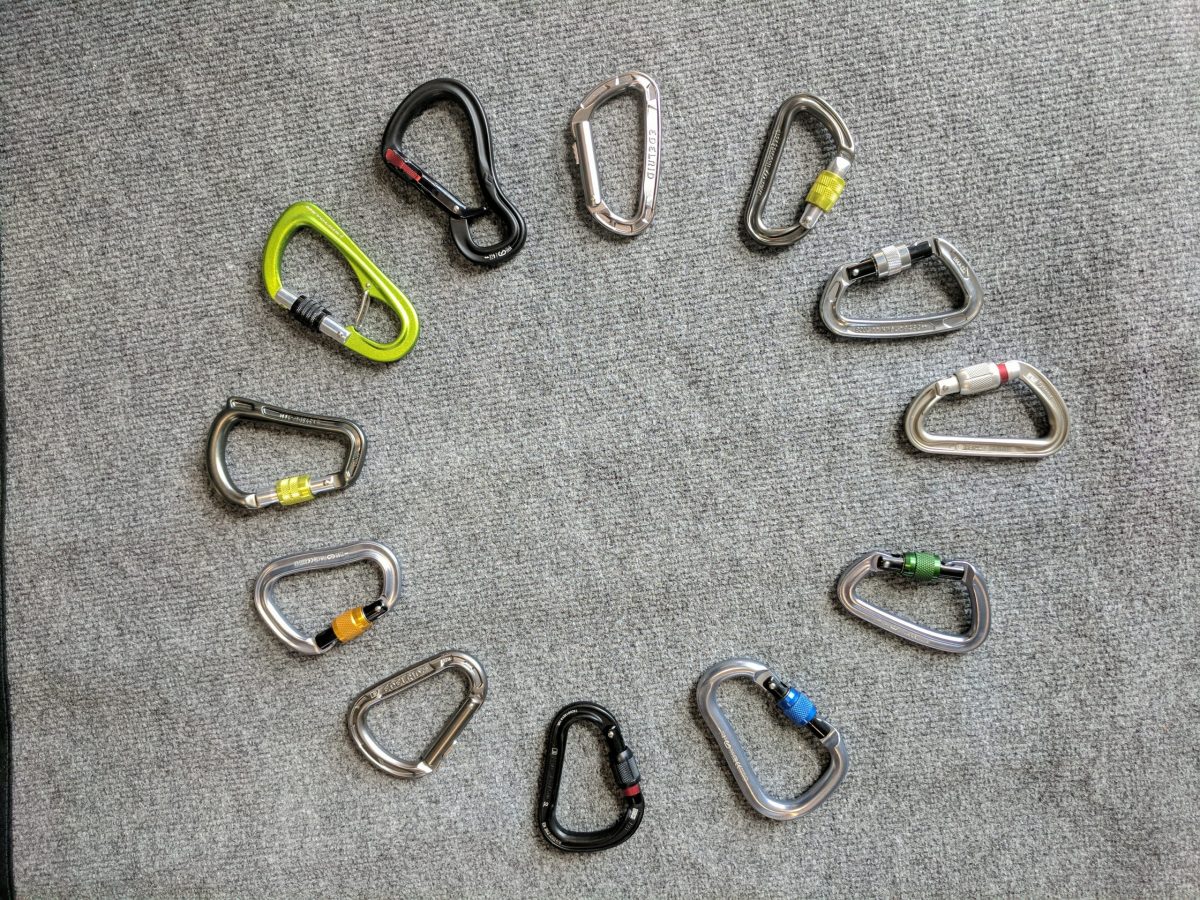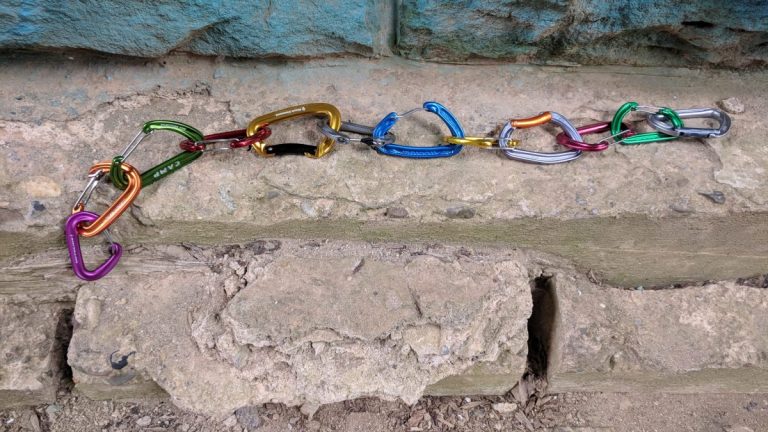How to Choose the Best Locking Carabiners for Climbers
Introduction to Locking Carabiners
Imagine being hundreds of feet off the ground, clinging to a rock face. Your heart is racing and the wind whispers in your ears. At this moment, you want to trust the gear that connects you to the rock. The superhero of your climbing gear is none other than the locking carabiner. But wait, what’s a carabiner and why is it so important?
Importance in Climbing
Locking carabiners are the quintessential gear for climbers. They are the reliable sidekicks that keep you safe as you ascend. From anchoring ropes to securing your belay device, these babies are as crucial as having Spider-Man’s web-shooters in a skyscraper showdown!
Types of Carabiners
Climbing carabiners come in two main types: locking and non-locking carabiners. Locking carabiners have a locking mechanism that prevents the gate from opening accidentally, making them ideal for situations where security is paramount.
The Anatomy of a Locking Carabiner
Picture a carabiner in your mind. Got it? Now let’s dissect this little champion.
Gate Clearance and Gate Opening
The gate is the part that opens and closes. The space you have when the gate is open is the gate opening. Gate clearance is how much room you have inside when it’s closed. The wider these are, the easier it is to use.
Internal Spring Bar
This is like the carabiner’s backbone, it keeps the gate in position. It’s crucial for the carabiner to have a durable internal spring bar.
Stainless Steel Insert Covering
Some carabiners have a stainless steel insert covering the area where the rope contacts, reducing wear and increasing longevity.
Types of Locking Mechanisms
As the name suggests, locking carabiners lock. But how? Let’s get into the nitty-gritty.
Screw Gate and Screw Lock
The screw gate has a sleeve that you manually screw down to lock. Simple and reliable.
Auto Locking and Twist Lock
Auto locking carabiners have a gate that will lock automatically when closed. The twist lock is a type of auto locking carabiner that requires a twist and pull to open.
Specialty Carabiners for Belaying
Think of belaying as the art of controlling a rope so that a climber does not fall very far. Special carabiners are designed for this purpose.
Belay Devices and Belay Loops
A belay device creates friction to control the rope. The belay loop is a strong loop to which the belay device attaches, and you need a belay carabiner for this.
Auto Block Belay Device
This type has a braking assist. In case you let go, the device partially locks to stop the rope.
Considerations for Material & Weight
Climbers prefer gear as light as a feather but as strong as a tank.
Lightweight Locking Carabiners
Lightweight carabiners such as the DMM Phantom are popular. But remember, sometimes lighter lockers might not be as durable.
Shape and Size Considerations
Size does matter, and so does shape.
HMS Carabiner
The HMS is large and usually used for belaying. Its size is perfect for a Munter hitch or clove hitch.
Pear Shaped and Round Stock
Pear-shaped lockers are versatile, while round stock carabiners have a slightly curved spine for strength.
Climbing Techniques and Carabiner Usage
Different climbs call for different gear.
Top Rope Anchor & Multi Pitch Climb
For a top rope anchor, you need carabiners with a wide gate opening. For multi-pitch climbs, go for lightweight locking carabiners.
Popular Brands and Recommendations
When it comes to carabiners, some names are just legendary.
Petzl Attache & Black Diamond
Petzl Attache is known for being versatile. Black Diamond offers the Positron, which is an affordable yet very efficient option.
FAQ & Conclusion
By now, you should be well-equipped to choose the best locking carabiners for climbers. The right carabiner can make your climb safer and more enjoyable.
FAQs
- How many locking carabiners do I need for climbing?
- This varies depending on the type of climbing. For a basic top rope setup, at least two locking carabiners are recommended.
- What is cross-loading, and why is it bad?
- Cross-loading is when the carabiner is stressed sideways. This considerably weakens the carabiner and can be dangerous.
- Are auto-locking carabiners better than screw gate carabiners?
- It’s a matter of preference. Auto-locking carabiners offer more security as they lock automatically, but screw gates are simpler to operate.
- Can I use any carabiner for climbing?
- No, only climbing-specific carabiners should be used for climbing as they are built to withstand the forces involved.
- What is the difference between an HMS carabiner and a D-shaped carabiner?
- HMS carabiners are larger and often used for belaying, while D-shaped carabiners are compact and used for general climbing purposes.
Get your gear, choose your carabiner wisely, and may your climbing adventures be thrilling and safe, Happy Perfect Climbing

